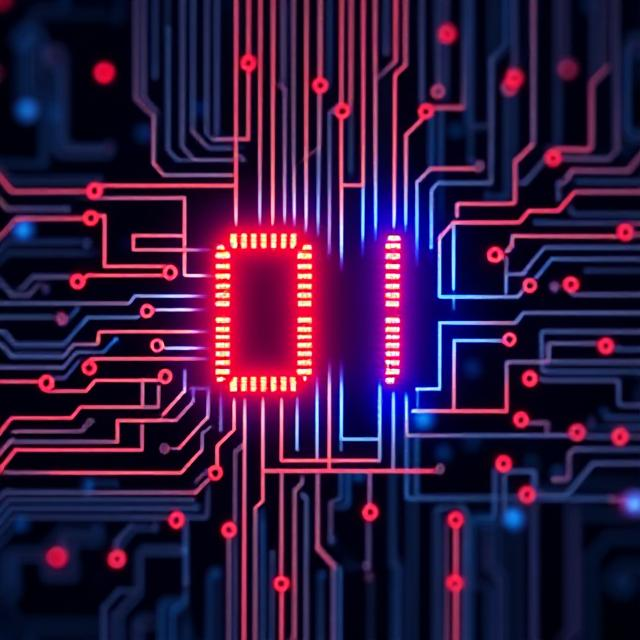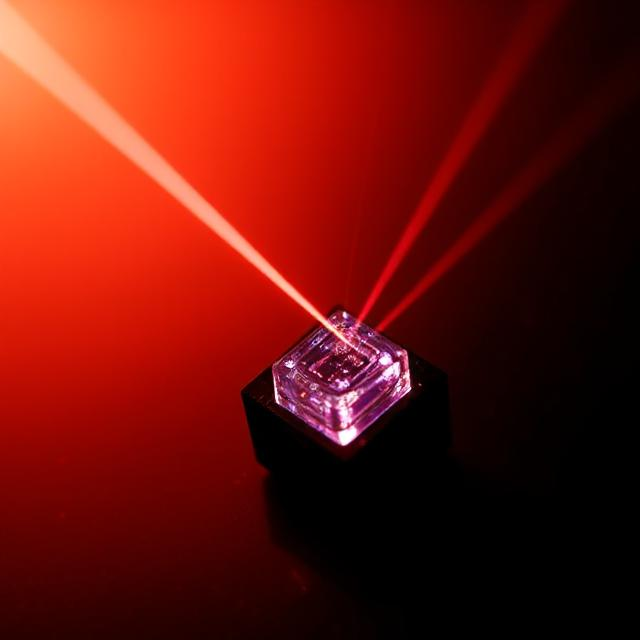What is Optical Communication?
Optical communication is a method of transmitting information (like voice, video, or data) using light instead of traditional electrical signals. The most common form of optical communication involves using fiber optic cables and laser beams to send information over long distances.
1. Basic Concept
In optical communication, information is converted into light signals, which travel through cables or through the air (like lasers). At the other end, the light signals are converted back into electrical signals, which can then be understood by the receiving device.
The light used in optical communication is usually in the form of laser beams or LEDs (light-emitting diodes), and it travels through either fiber optic cables or through the air in free-space optical communication.

2. How Does Optical Communication Work?
Here’s a simple breakdown of how it works:
- Light Generation: First, the information (like a phone call or an internet data packet) is converted into light. This happens by using a laser or LED that emits light in a pattern that represents the data.
- Transmission: The light travels through a fiber optic cable or even through the air as laser beams. Fiber optic cables are made of glass or plastic fibers that can carry light over long distances with very little loss of signal strength.
- Receiving the Signal: At the other end, the light signal is captured by a photodetector (a device that detects light) that converts it back into an electrical signal.
- Processing: Once the light signal is converted back into electricity, it can be understood and processed by the receiving device, like a phone or a computer.
3. Components of Optical Communication
- Transmitter: This part of the system is responsible for converting electrical signals into light signals. It includes the laser or LED that emits the light.
- Medium: This is the “path” that the light travels through. The most common medium is fiber optic cables, which are made up of glass or plastic fibers that carry the light signals over long distances. In some cases, light can also travel through the air using lasers.
- Receiver: The receiver captures the light signals and converts them back into electrical signals that can be understood by devices like computers or phones.
- Photodetector: A device used to detect the light and convert it into electrical signals.
4. Advantages of Optical Communication
- High Speed: Light travels extremely fast. As a result, optical communication can transmit data at incredibly high speeds, making it ideal for things like the internet and large data transfers.
- Long Distance: Unlike electrical signals that weaken over long distances, light signals in fiber optics can travel hundreds or even thousands of kilometers without significant loss. This makes optical communication perfect for long-distance communication, such as undersea cables connecting continents.
- Large Bandwidth: Optical communication can carry a large amount of data at once (known as high bandwidth). Fiber optic cables can carry far more data than traditional copper wires or radio waves.
- Security: It’s harder to tap into optical communication signals compared to electrical signals, so it’s a more secure way of transmitting information.
- No Interference: Unlike electrical signals, which can experience interference from other electrical devices, light signals in fiber optics don’t have this problem. This means clearer communication with fewer disruptions.
5. Applications of Optical Communication
- Fiber Optic Internet: One of the most well-known uses of optical communication is the fiber optic internet. In this system, high-speed internet data is transmitted using fiber optic cables. It allows for faster internet speeds and more reliable connections compared to traditional copper cables.
- Telecommunications: Optical communication is used for telephone lines and cell phone communication. The long-distance signals between phone calls or messages often travel through fiber optic cables.
- Undersea Cables: Fiber optic cables are laid down under the ocean to connect continents. This is how most of the world’s international internet traffic is transmitted.
- Data Centers: Inside data centers (where large amounts of data are stored and processed), optical communication is used to transfer data at high speeds between servers.
- Free-Space Optical Communication: This type of optical communication involves sending light signals through the air using lasers. It can be used in areas where cables aren’t practical, like satellite communication or between buildings.
- Medical: Optical communication is used in medical devices like endoscopes (used for viewing inside the body), where light is used to transmit data from inside the body to a display.
6. Challenges of Optical Communication
While optical communication has many advantages, it also faces a few challenges:
- Cost: Setting up fiber optic networks can be expensive, especially for long-distance cables or networks that require a lot of infrastructure.
- Fragility: Fiber optic cables, though efficient, are made of glass and can be fragile. If they break, it can cause a loss of communication.
- Installation: Laying down fiber optic cables, especially underground or underwater, can be complicated and require a lot of work.
- Alignment of Lasers: For free-space optical communication (like laser communication between satellites), the lasers must be carefully aligned, which can be tricky.
7. Summary
In short, optical communication uses light to send information from one place to another. It’s incredibly fast, reliable, and secure, which makes it ideal for high-speed internet, long-distance communication, and various other applications. The data is first converted into light by a transmitter, travels through a fiber optic cable or through the air, and is then converted back into electrical signals by a receiver.
With optical communication, we can achieve faster speeds and longer distances compared to traditional electrical methods, making it a crucial technology in the modern world.











